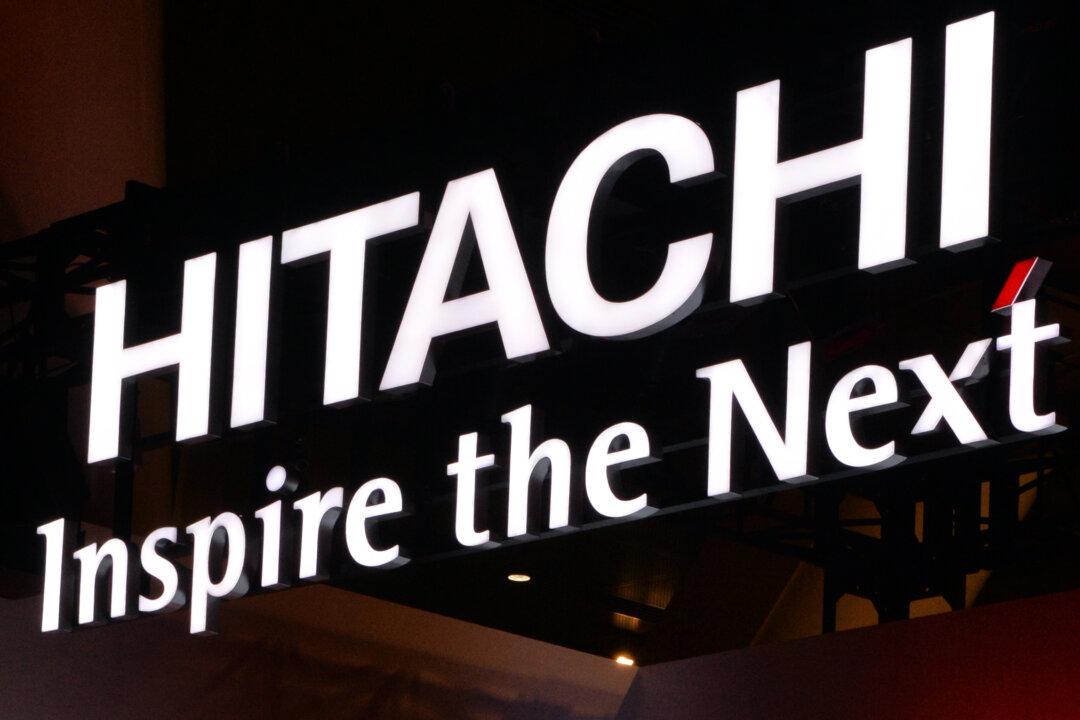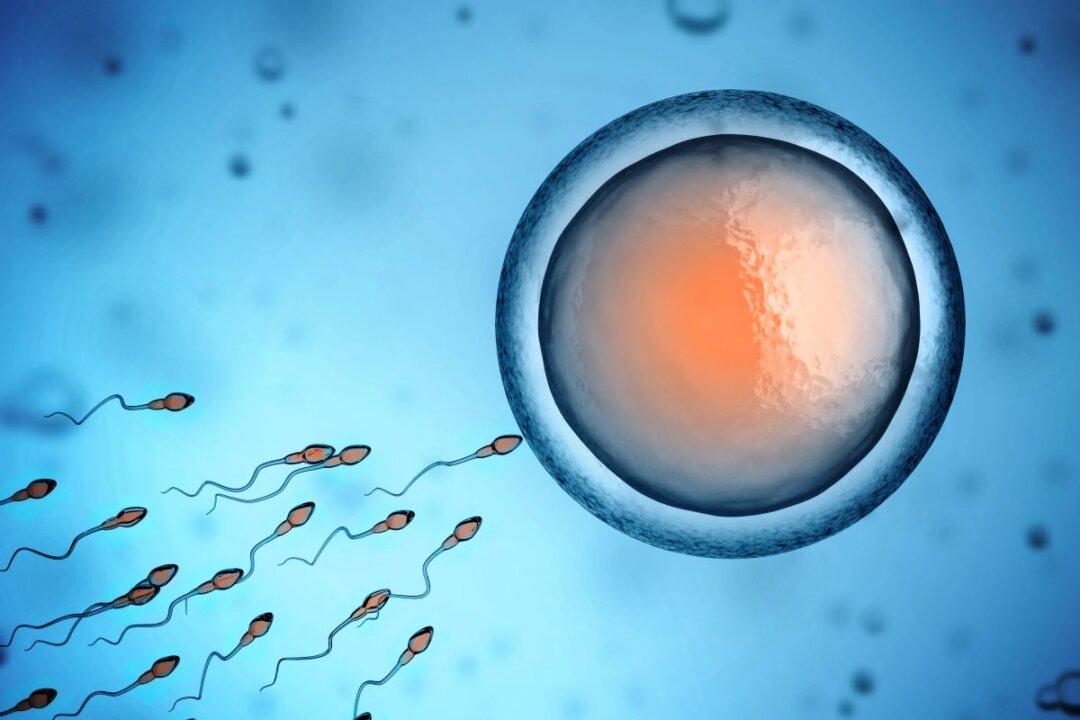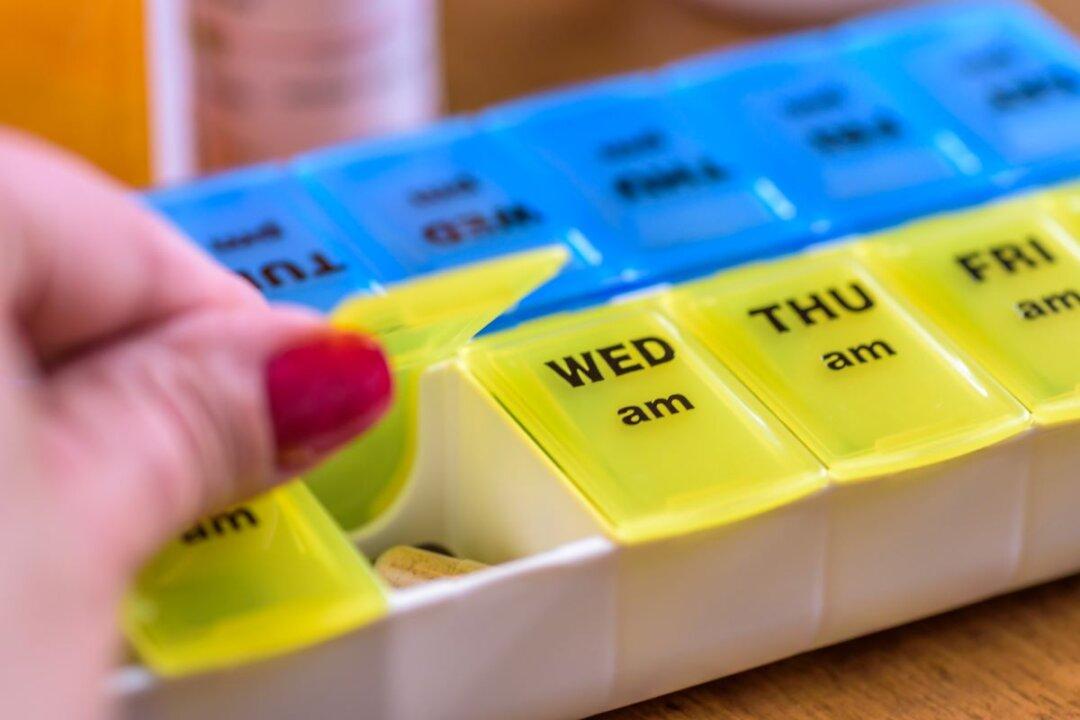The Northern Territory Government’s goal of achieving 50 percent renewable energy by 2030 came a major step closer on Monday as a tender was awarded for the 5MVA (megavolt amps) Darwin-Katherine Battery Energy Storage System (DK BESS) to be utilised in the Darwin-Katherine grid.
Hitachi Energy will provide components for, and build the $45 million (approx. US$32 million)DK BESS, also known as the “Big Battery”, which will be located at Territory Generation’s Channel Island Power Station.





